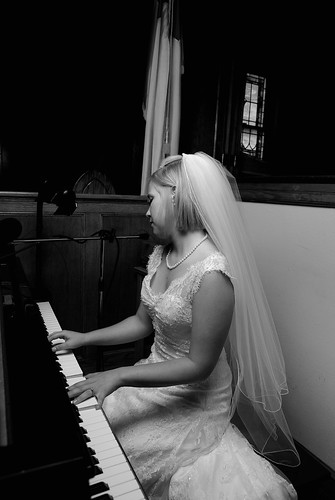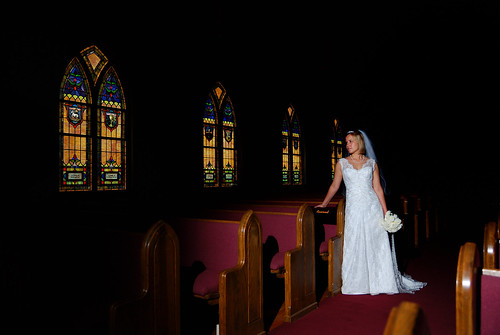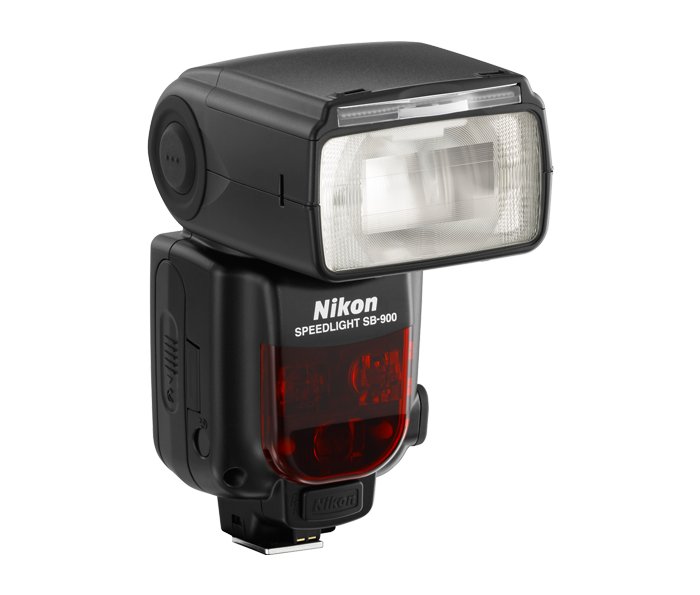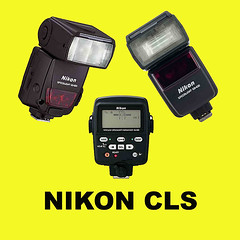 Last night I had a great time shooting engagement pictures for a couple who are getting married next April. We all headed out for Downtown to get some fun stuff. I had come up with an idea a few days ago that I wanted to do. I wanted the couple in the street kissing at night. The only problem is how do you light people in the street at night with traffic that you can't stop? It's not as hard as you think.
Last night I had a great time shooting engagement pictures for a couple who are getting married next April. We all headed out for Downtown to get some fun stuff. I had come up with an idea a few days ago that I wanted to do. I wanted the couple in the street kissing at night. The only problem is how do you light people in the street at night with traffic that you can't stop? It's not as hard as you think.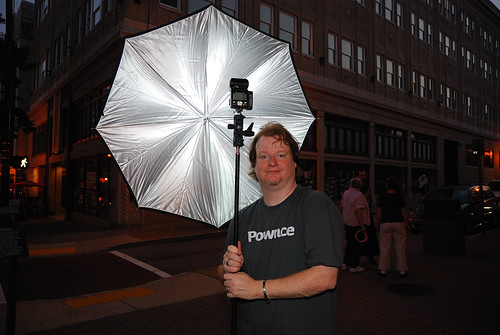 I know when I am in over my head and need help. My lovely wife came along for fun, and to help carry gear (And yes I know I am lucky. i have a great wife.). My friend Kevin came along to play the role of VAL. So I got out an SB800 popped that bad boy on a light stand with a reflective 45" umbrella. Handed it off to the VAL to hold out over the couple from behind me. Instant mobile boom! Thanks Kevin.
I know when I am in over my head and need help. My lovely wife came along for fun, and to help carry gear (And yes I know I am lucky. i have a great wife.). My friend Kevin came along to play the role of VAL. So I got out an SB800 popped that bad boy on a light stand with a reflective 45" umbrella. Handed it off to the VAL to hold out over the couple from behind me. Instant mobile boom! Thanks Kevin. 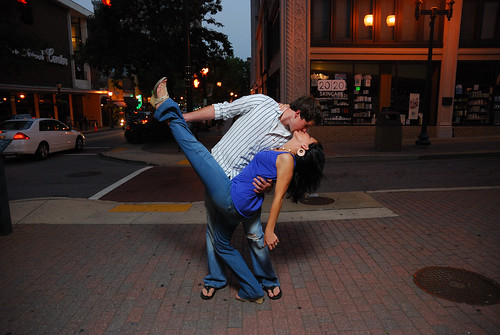 Now we all had to practice our choreography to run out into the cross walk when traffic stopped. I had the couple strike a pose on the sidewalk a few times until we got one we liked. this also gave me a chance to check the lighting setup. Kevin Behind me with the light stand/ umbrella combo boomed over head. I had the setup in TTL just to make life simple. A couple of frames, and the world is happy. The image looked good, TTL worked flawless for 5 or 6 frames. Upon looking at the image the couple just seemed to not match the environment of the street. They were lit with too much white light in my opinion. So i popped on 1/2 CTO and left the WB to flash. This was totally a choice made on the feel I wanted. A full CTO and the would have matched the street lights. I could have then adjusted the WB to tungsten to bring everything to the same color. But you know, I like the warm skin tones against the blue sky. I also like the orange glow of the street lamps. I know not everyone likes it, but it's my picture!
Now we all had to practice our choreography to run out into the cross walk when traffic stopped. I had the couple strike a pose on the sidewalk a few times until we got one we liked. this also gave me a chance to check the lighting setup. Kevin Behind me with the light stand/ umbrella combo boomed over head. I had the setup in TTL just to make life simple. A couple of frames, and the world is happy. The image looked good, TTL worked flawless for 5 or 6 frames. Upon looking at the image the couple just seemed to not match the environment of the street. They were lit with too much white light in my opinion. So i popped on 1/2 CTO and left the WB to flash. This was totally a choice made on the feel I wanted. A full CTO and the would have matched the street lights. I could have then adjusted the WB to tungsten to bring everything to the same color. But you know, I like the warm skin tones against the blue sky. I also like the orange glow of the street lamps. I know not everyone likes it, but it's my picture!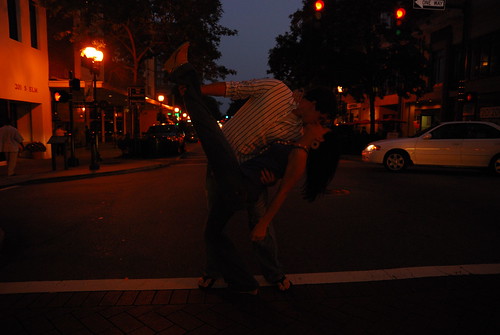 So the light changes and we are off into the street. By this point in time we have drawn a bit of a crowd, and the eye of a weary cop. Places, pose, frame one flashes fire wait on the recycle beep, frame two flashes fire wait on the recycle beep, frame three flashes fire wait on the recycle beep, we move out of the street. Check the images.....$%&@$ TTL. Three frames all under exposed. The flash fired on everyone, recycled, and I have no idea. I don't care really. I just go over to manual on the flashes chimp a couple of frames get the flash power set. I end up at 1/16 at f/2.8 ISO400. I then adjust my shutter speed a little since we have lost some more daylight at this point. So into the street. Golden! We do a few more takes, and call it a night.
So the light changes and we are off into the street. By this point in time we have drawn a bit of a crowd, and the eye of a weary cop. Places, pose, frame one flashes fire wait on the recycle beep, frame two flashes fire wait on the recycle beep, frame three flashes fire wait on the recycle beep, we move out of the street. Check the images.....$%&@$ TTL. Three frames all under exposed. The flash fired on everyone, recycled, and I have no idea. I don't care really. I just go over to manual on the flashes chimp a couple of frames get the flash power set. I end up at 1/16 at f/2.8 ISO400. I then adjust my shutter speed a little since we have lost some more daylight at this point. So into the street. Golden! We do a few more takes, and call it a night.I made a post in the Strobist group on Flickr talking a little about this shot. There have been some questions lately in Strobist and other groups asking if you can take a good portrait with only one flash. I hope this helps to show you just have to make it happen.

